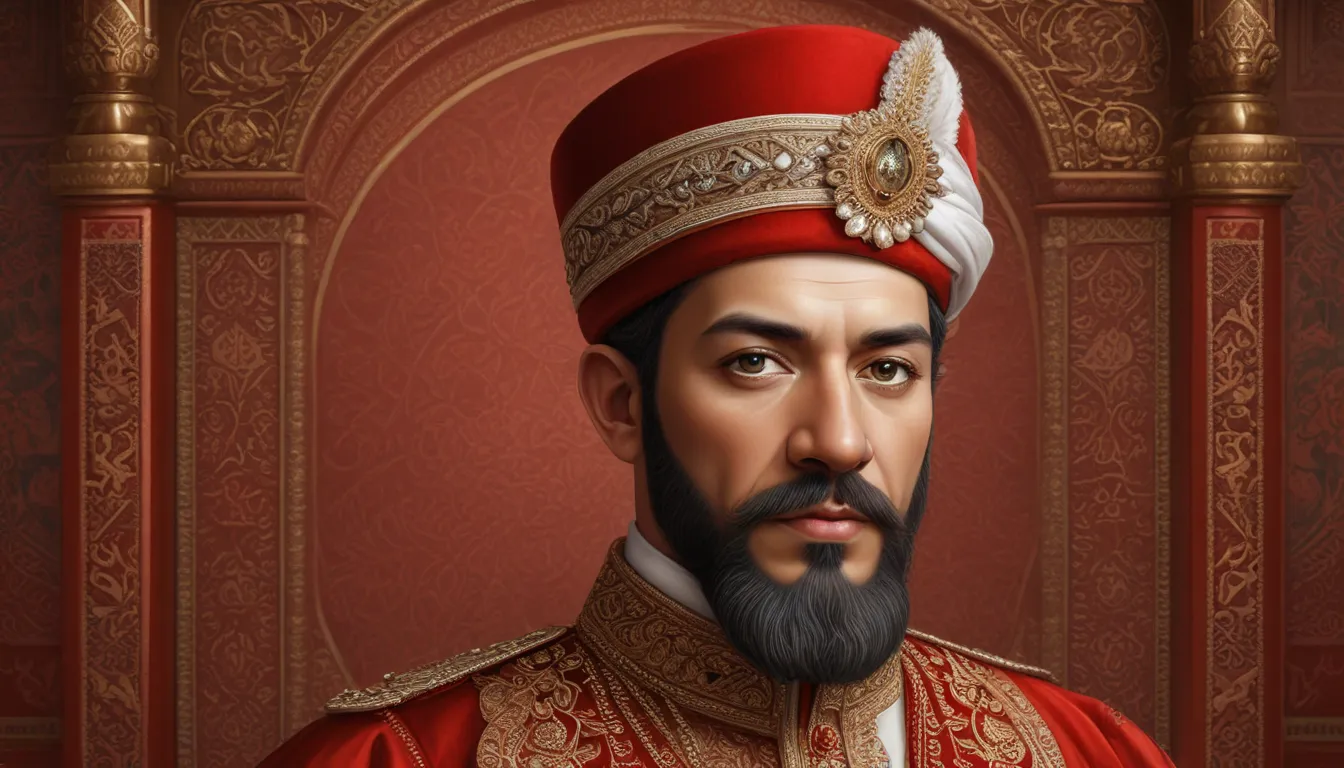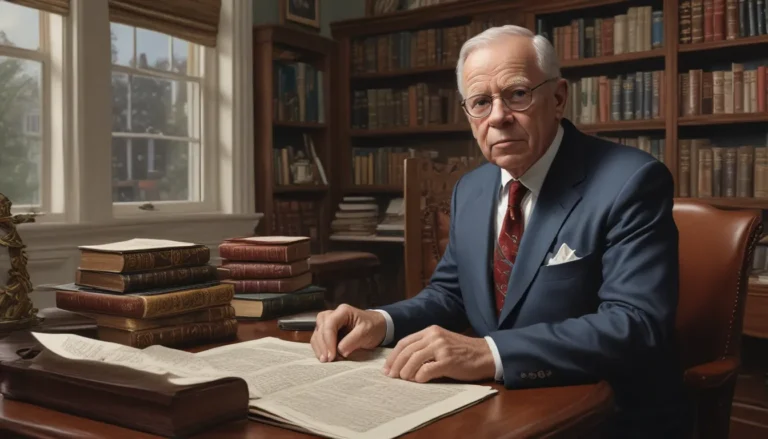The images in our articles may not match the content exactly. They are used to grab your attention, not to show the exact details in the text. The images complement the text but do not replace it.
Are you curious about the enigmatic figure known as Abdul Hamid II? Join us on a journey through the captivating life of the 34th Sultan of the Ottoman Empire. From his tumultuous reign to his enduring impact on history, Abdul Hamid II’s story is filled with triumphs, challenges, and fascinating facts that will leave you in awe.
The Red Sultan: Unveiling the Nickname
Abdul Hamid II earned the moniker of the “Red Sultan” during his rule due to his conservative and authoritarian policies. Despite the controversial nature of his leadership style, his resilience and determination to modernize the Ottoman Empire set him apart as a formidable historical figure.
Modernization and Reforms: Abdul Hamid II’s Vision
Recognizing the need for reform, Abdul Hamid II implemented significant measures to modernize the empire. From infrastructure improvements to educational reforms and military advancements, his transformative policies laid the groundwork for a more dynamic and progressive Ottoman Empire.
- Abdul Hamid II’s passion for art, calligraphy, and scientific progress underscored his diverse interests and lasting impact on history.
- As a skilled calligrapher, he dedicated hours to perfecting his technique and creating intricate manuscripts that showcased his artistic talents.
The Resilience of a Leader: Surviving Assassination Attempts
Abdul Hamid II’s reign was marred by numerous assassination attempts, yet he remained steadfast in the face of political turmoil. His ability to navigate these challenges with unwavering resolve highlighted his leadership skills and determination to protect the empire.
- He actively promoted the pan-Islamic movement, advocating for unity among Muslim nations and fostering stronger ties within the Islamic world.
- Abdul Hamid II’s commitment to scientific progress led to the establishment of educational institutions and support for research initiatives that drove innovation.
Preserving Heritage: Restoring Historical Sites
In addition to his focus on modernization, Abdul Hamid II had a passion for preserving the cultural heritage of the Ottoman Empire. Through extensive restoration projects of historical sites, he ensured that the empire’s rich history was safeguarded for future generations to appreciate.
- A prolific writer, Abdul Hamid II authored numerous books and articles on a wide range of topics, from history and politics to Islamic literature.
- Despite facing a coup d’état in 1908, Abdul Hamid II managed to retain power and thwart the attempt to overthrow him.
A Life in Exile: Abdul Hamid II’s Legacy
Despite his resilience, Abdul Hamid II was eventually deposed in 1909 and spent the remainder of his life in exile on the island of Thessaloniki. His legacy, however, continues to endure as a testament to his vision, determination, and lasting impact on the Ottoman Empire.
In conclusion, Abdul Hamid II’s reign was marked by remarkable achievements and challenges that shaped the course of history. His commitment to modernization, cultural preservation, and diplomatic strategies defined his legacy as a transformative leader. As we reflect on the legacy of the Red Sultan, we are inspired by his resilience, passion for progress, and enduring impact on the Ottoman Empire.
FAQs: Exploring Abdul Hamid II’s Legacy
-
What were Abdul Hamid II’s major accomplishments?
Abdul Hamid II’s major accomplishments include significant military reforms, modernization efforts in education and culture, infrastructure development, and diplomatic negotiations to protect the Ottoman Empire’s interests. -
How did Abdul Hamid II handle political challenges?
Abdul Hamid II navigated political challenges by implementing authoritarian rule, utilizing censorship and surveillance to maintain control. He also relied on skilled advisors and diplomats to navigate international relations. -
What was Abdul Hamid II’s stance on modernization?
Abdul Hamid II embraced modernization and introduced reforms to modernize the Ottoman Empire, including improvements in industry, transportation, education, and cultural exchange. -
How did Abdul Hamid II handle international relations?
Abdul Hamid II practiced cautious diplomacy to maintain the Ottoman Empire’s sovereignty and protect its interests, successfully navigating challenging relationships with global powers. -
What was Abdul Hamid II’s impact on the Ottoman Empire?
Abdul Hamid II’s impact on the Ottoman Empire was significant, modernizing various aspects, improving the military, consolidating power, and advancing education, culture, and infrastructure.
As we delve into the legacy of Abdul Hamid II, we uncover a rich tapestry of achievements and challenges that defined his reign. Join us in exploring the captivating stories of remarkable individuals who have shaped history and left an indelible mark on the world. Trust in our commitment to delivering engaging and trustworthy content as we illuminate the lives of history’s most influential figures. Uncover the hidden gems of the past and enrich your understanding of the world around you.






